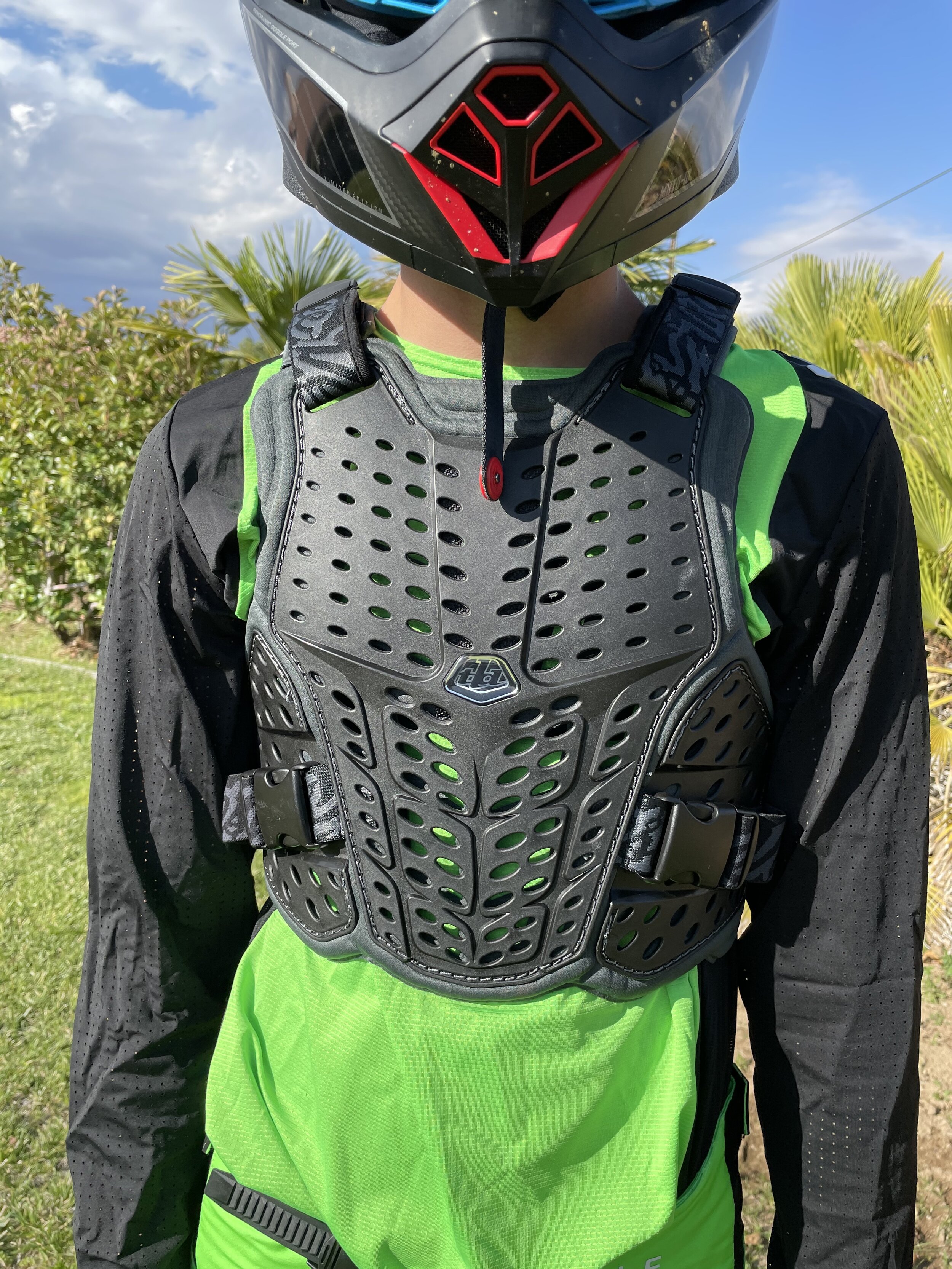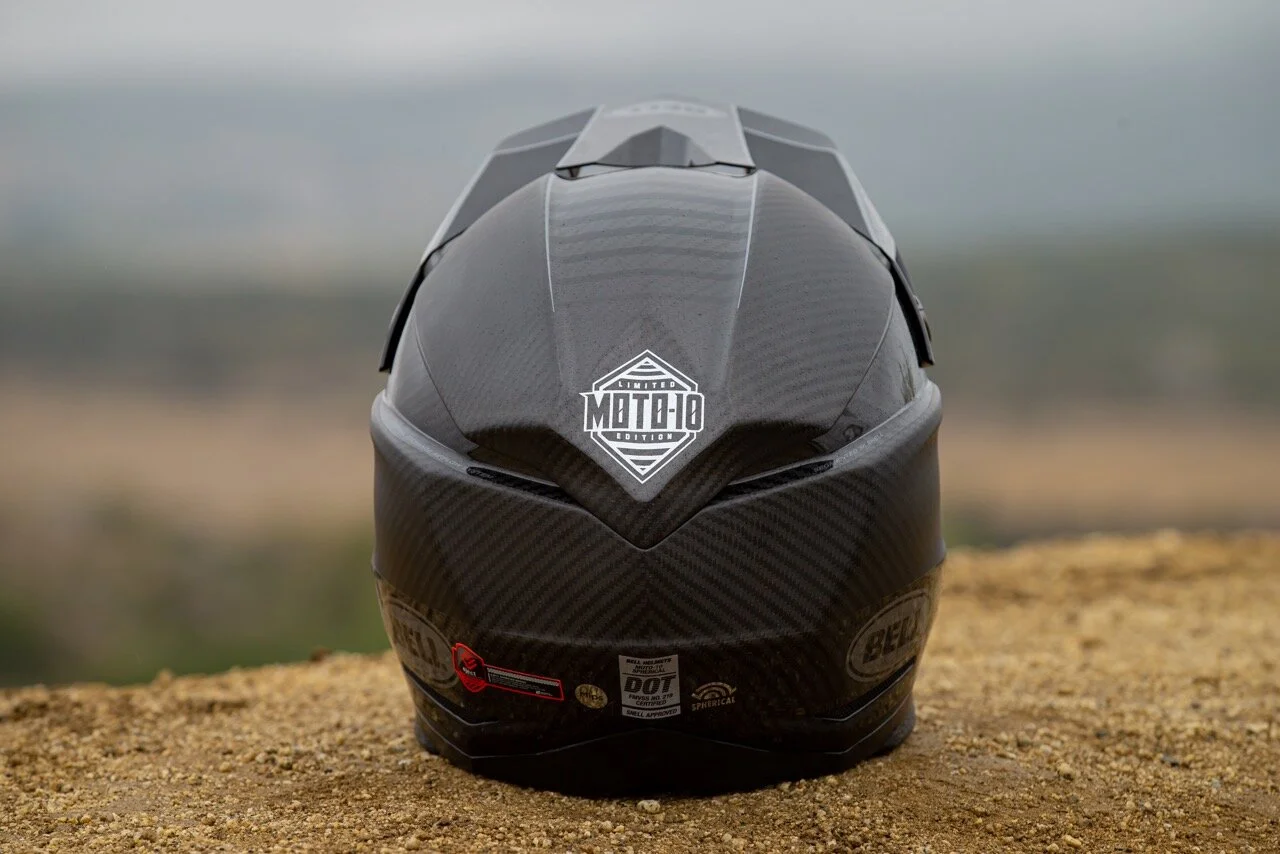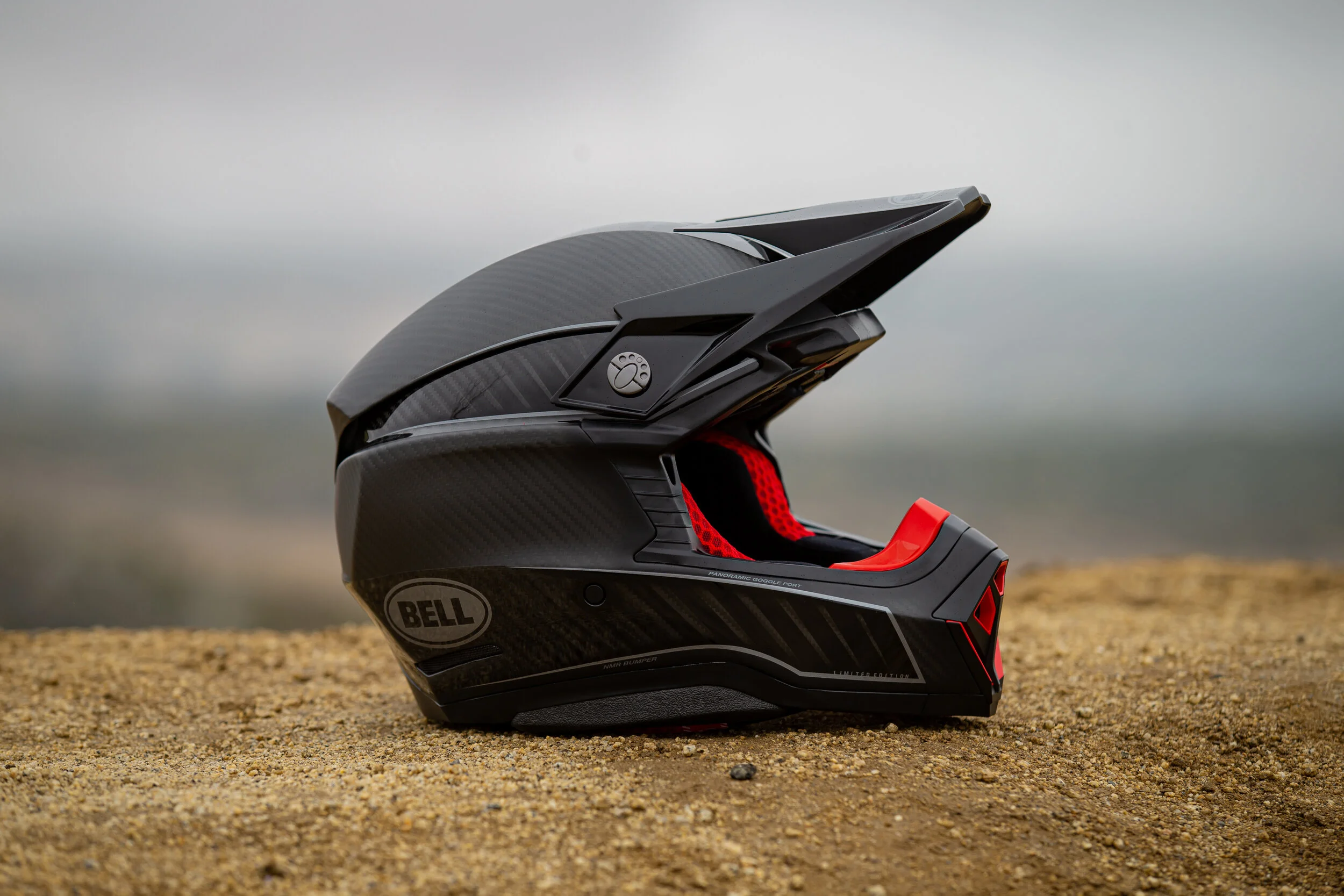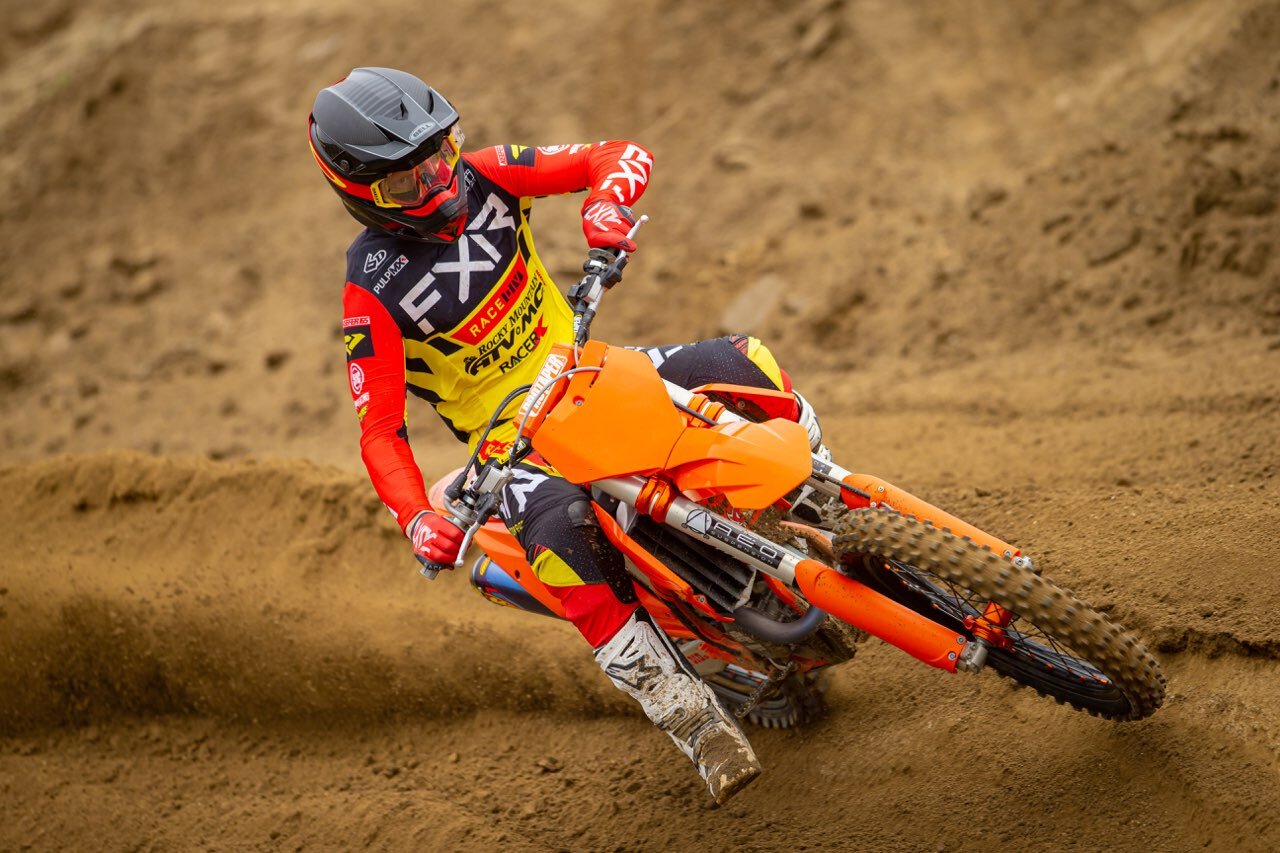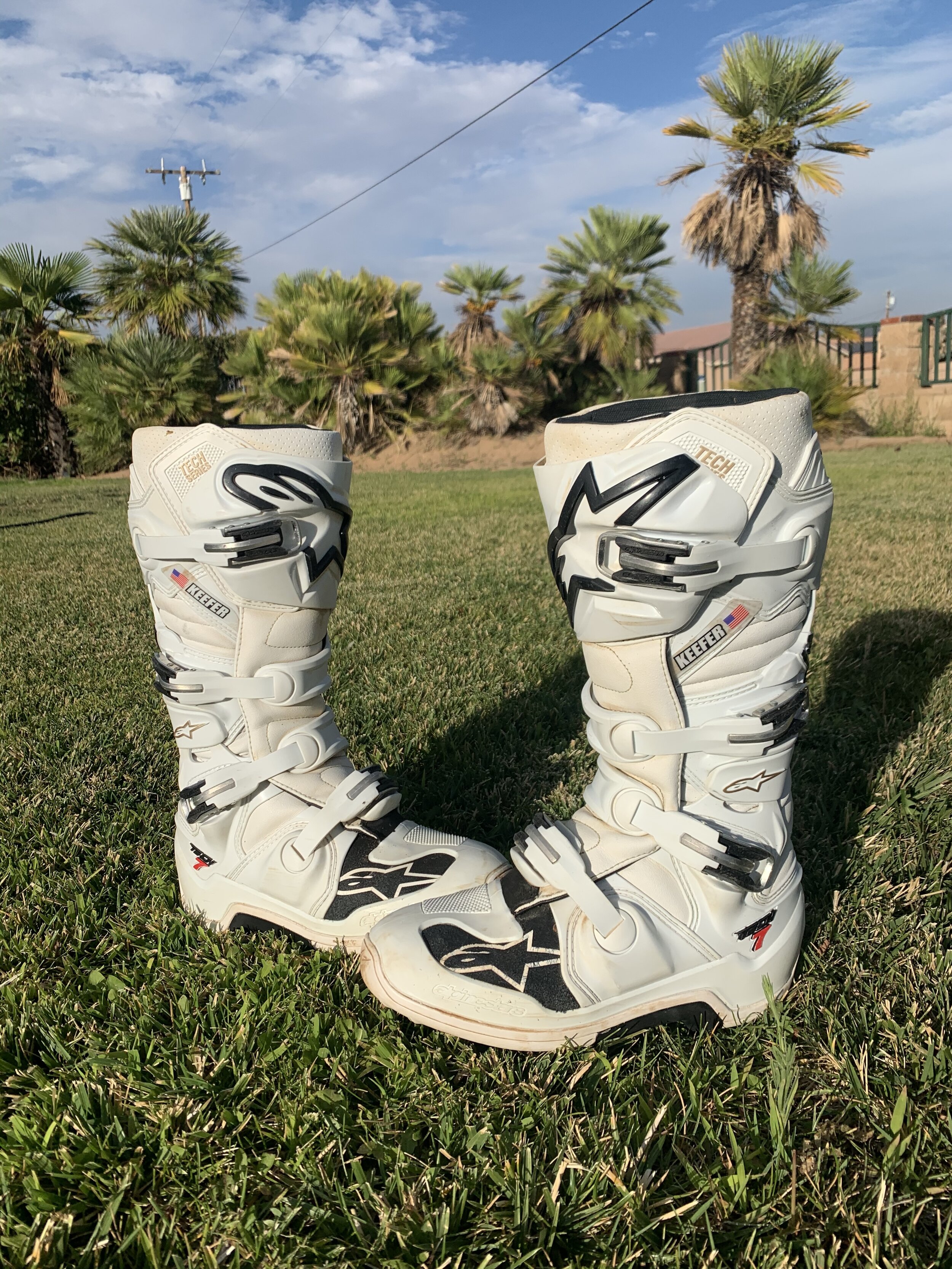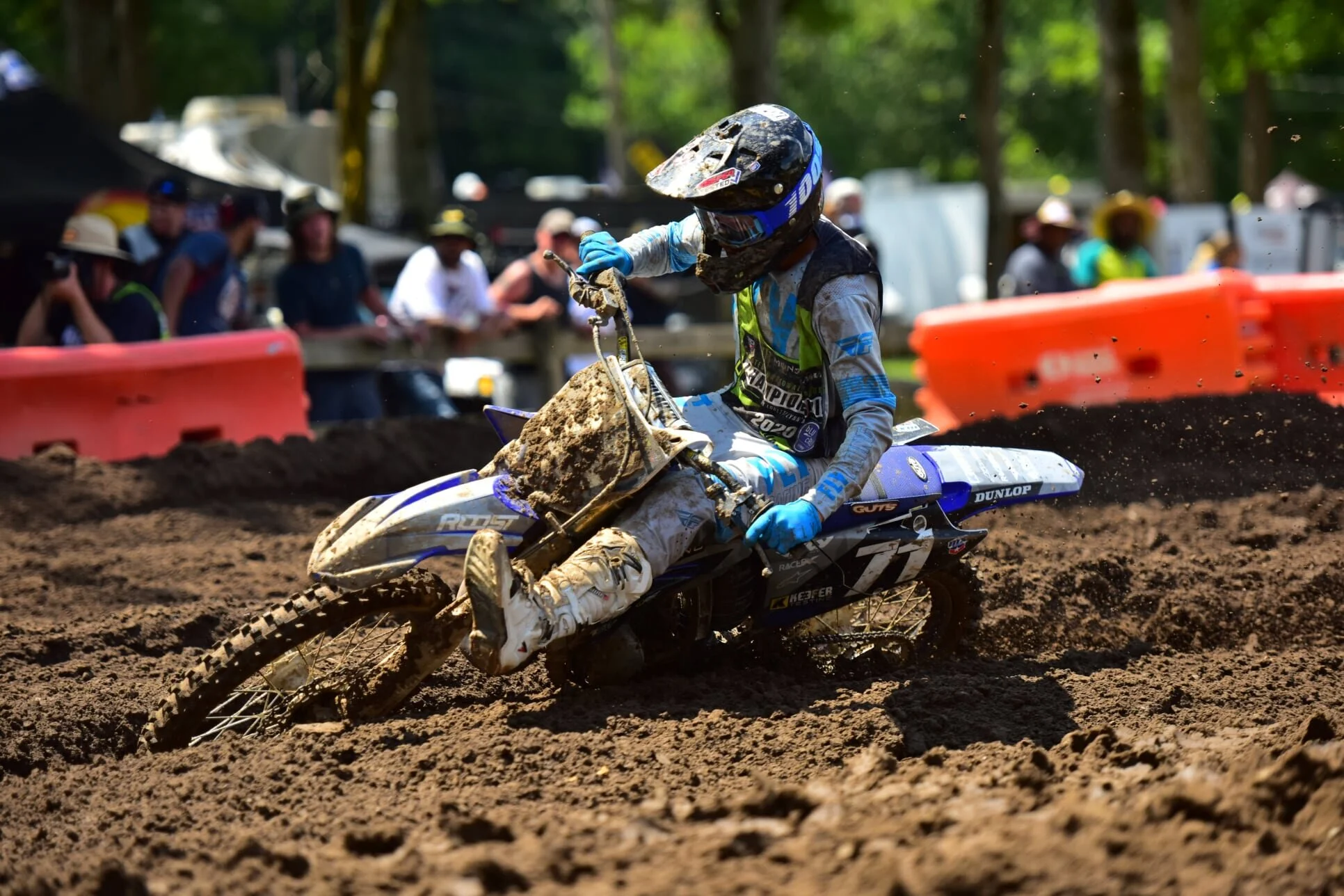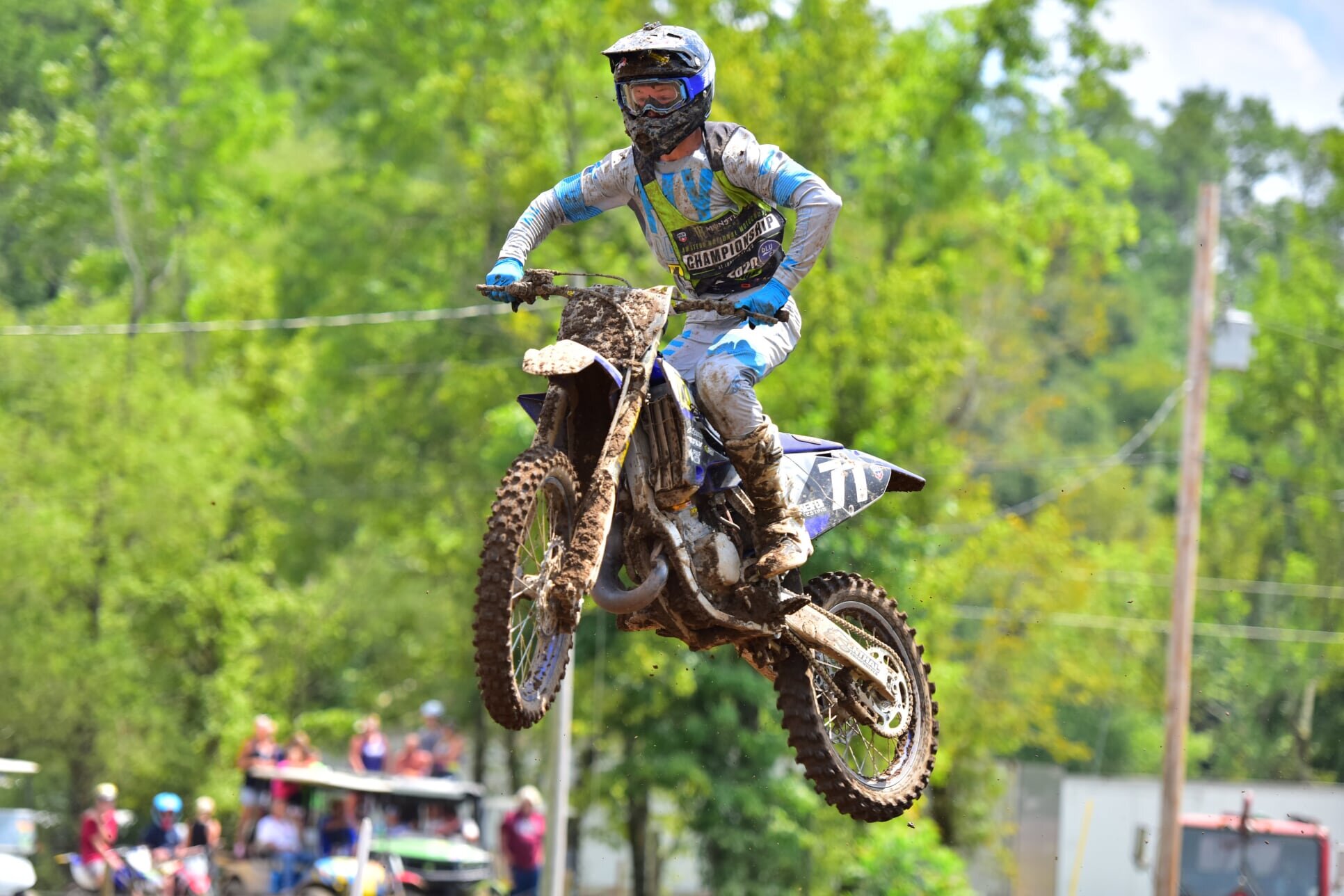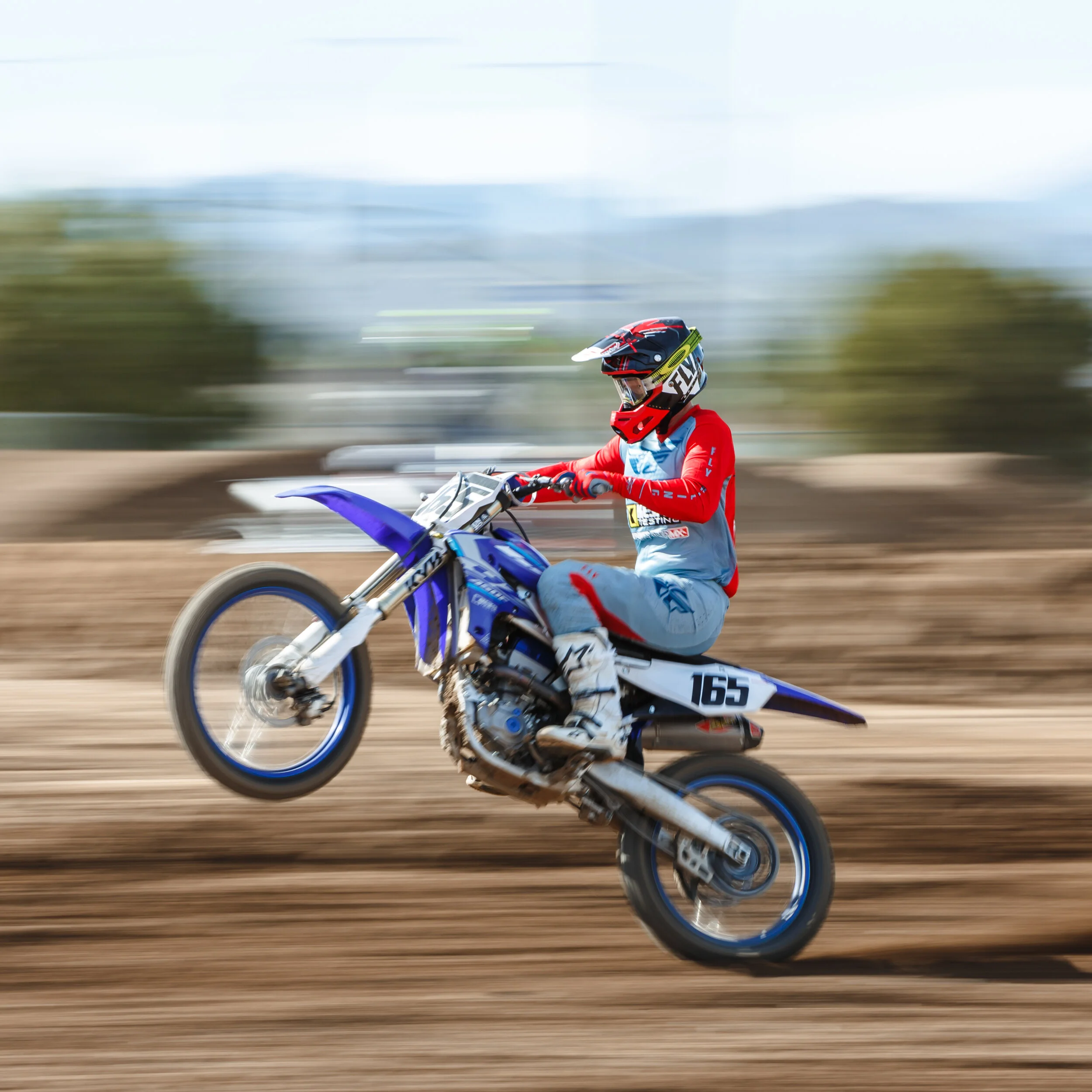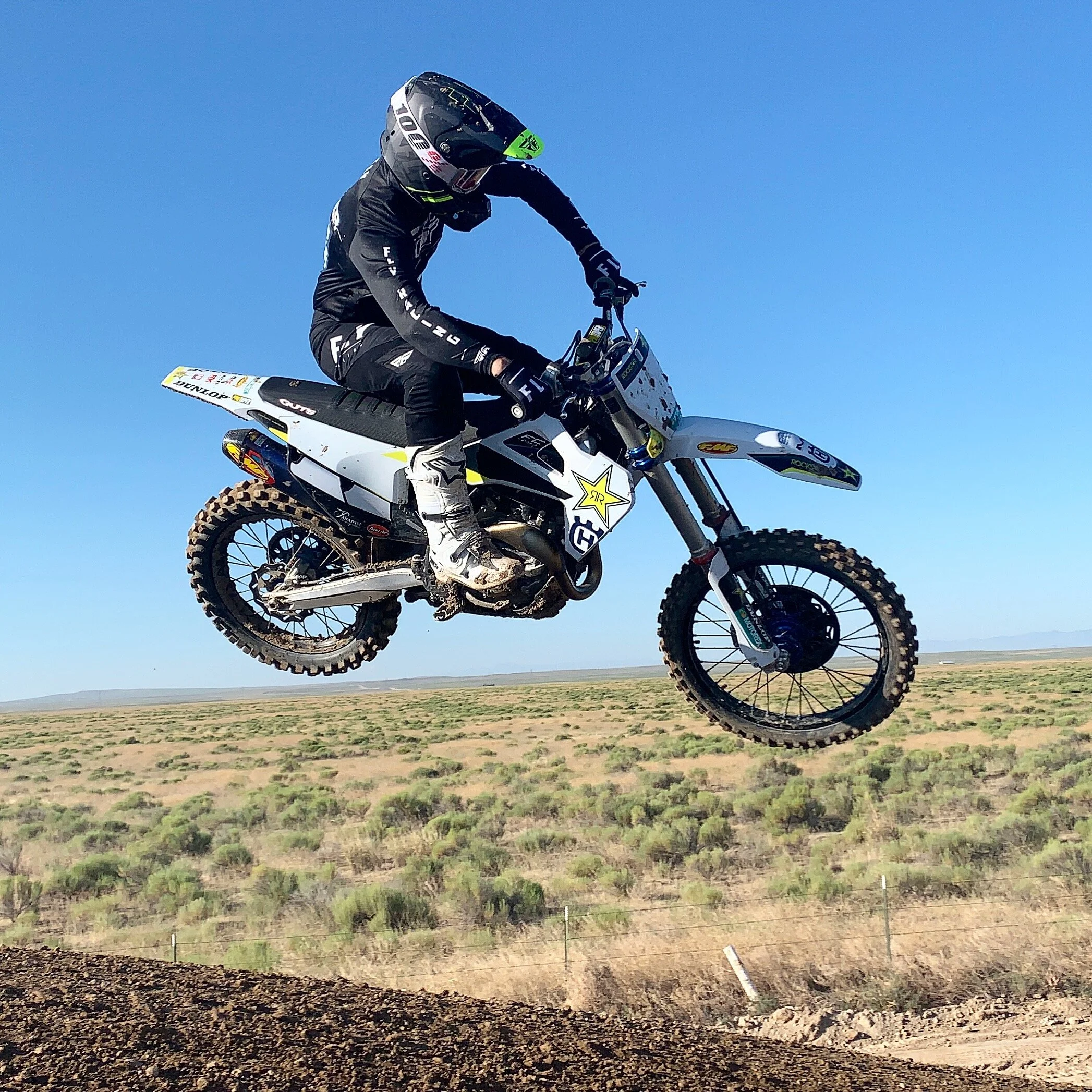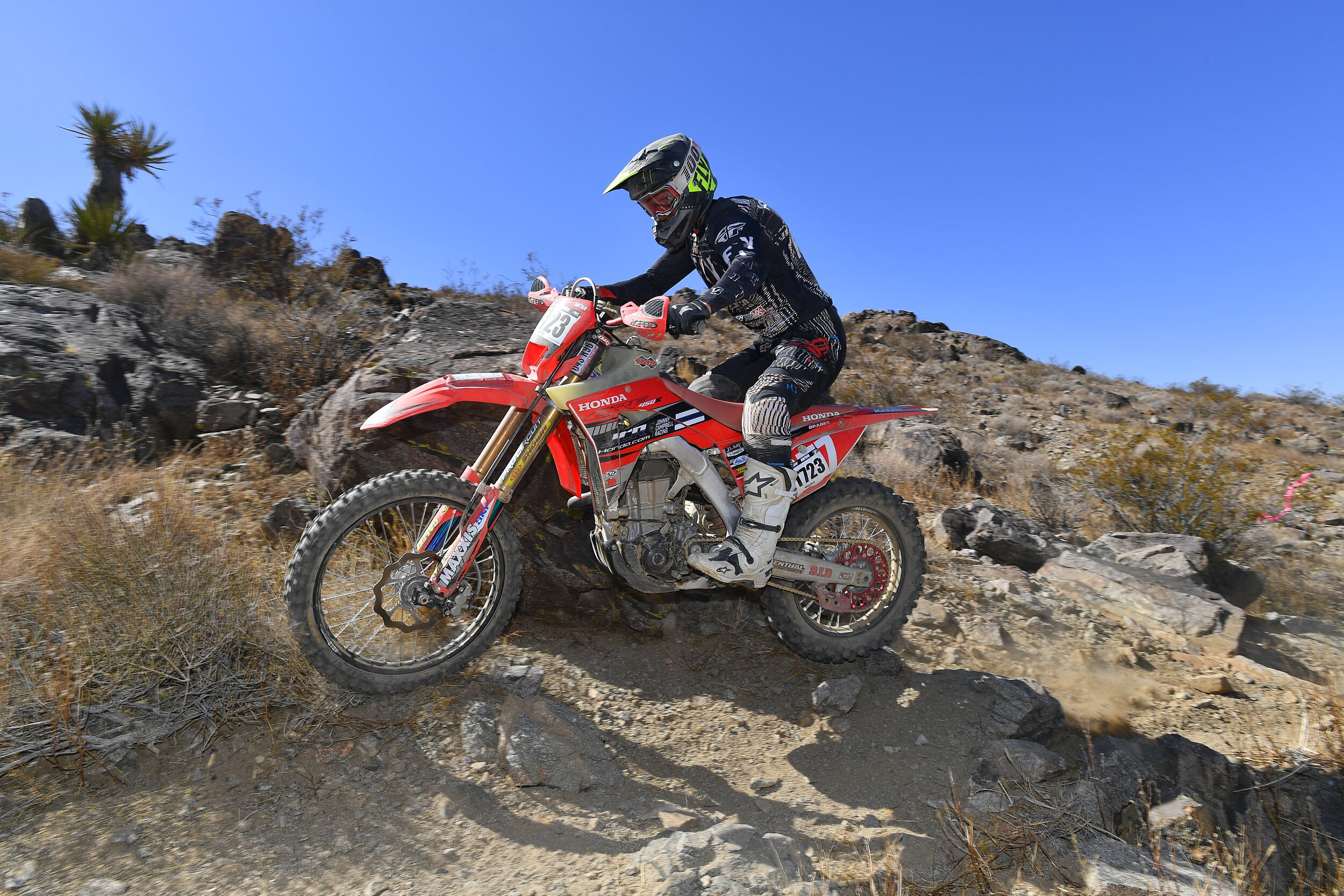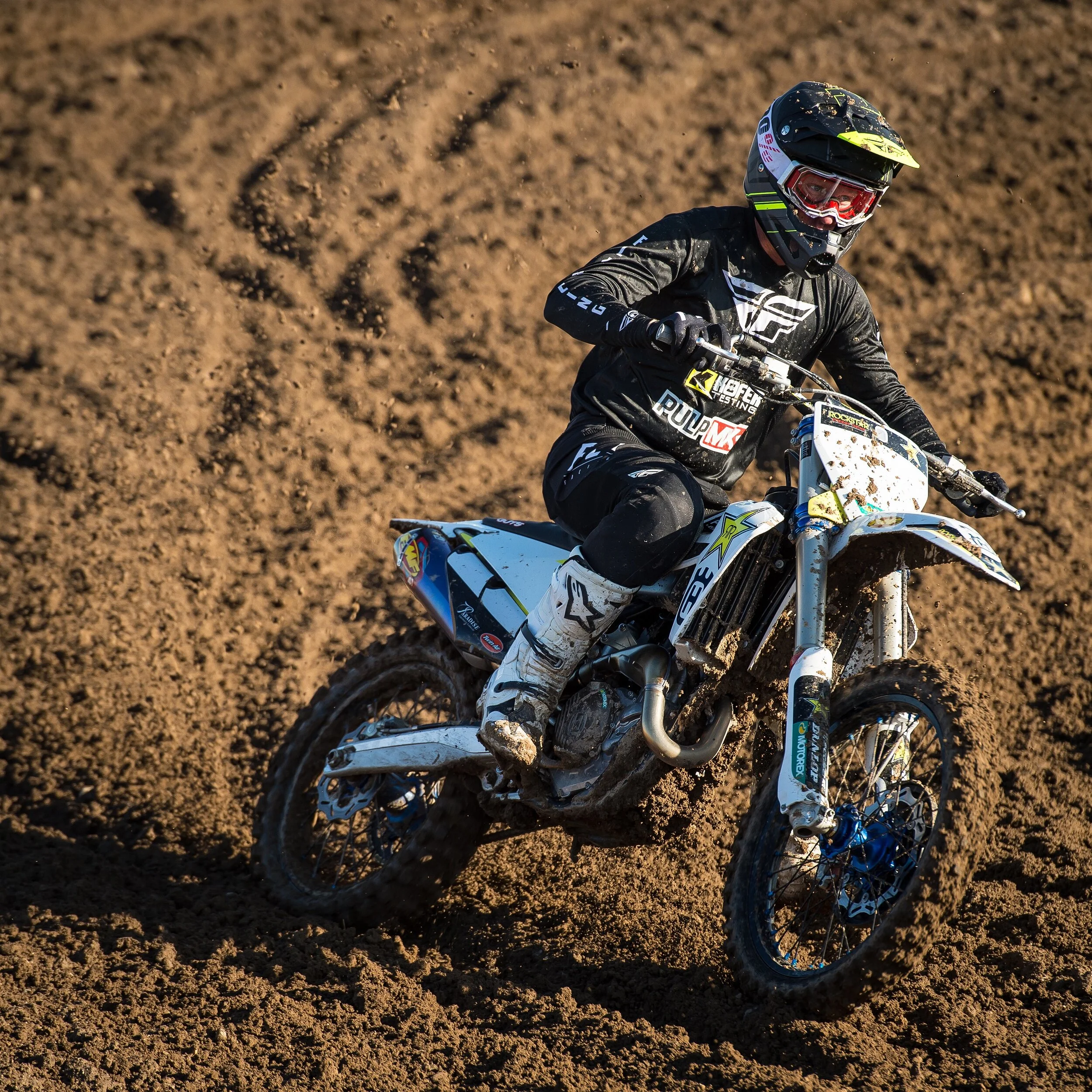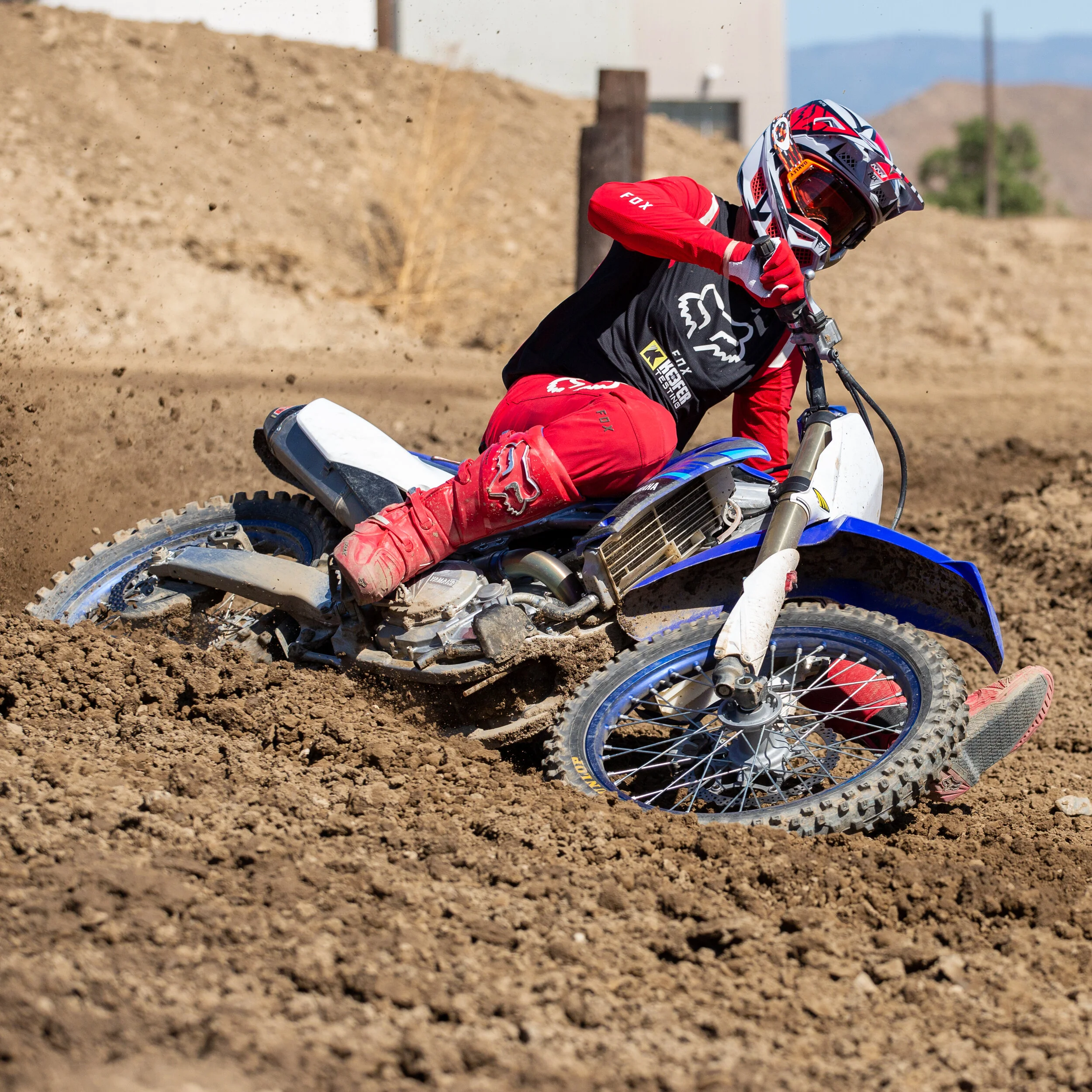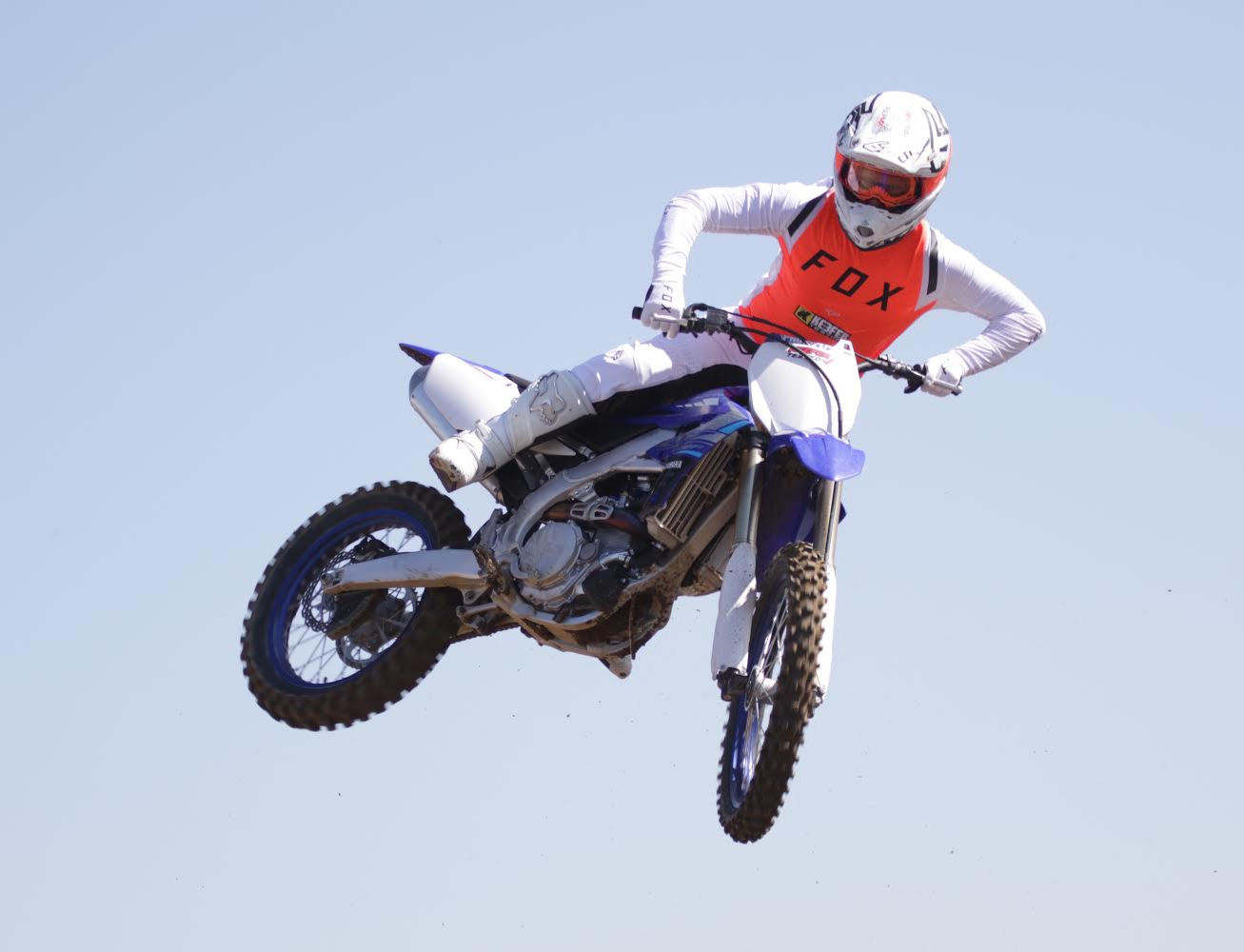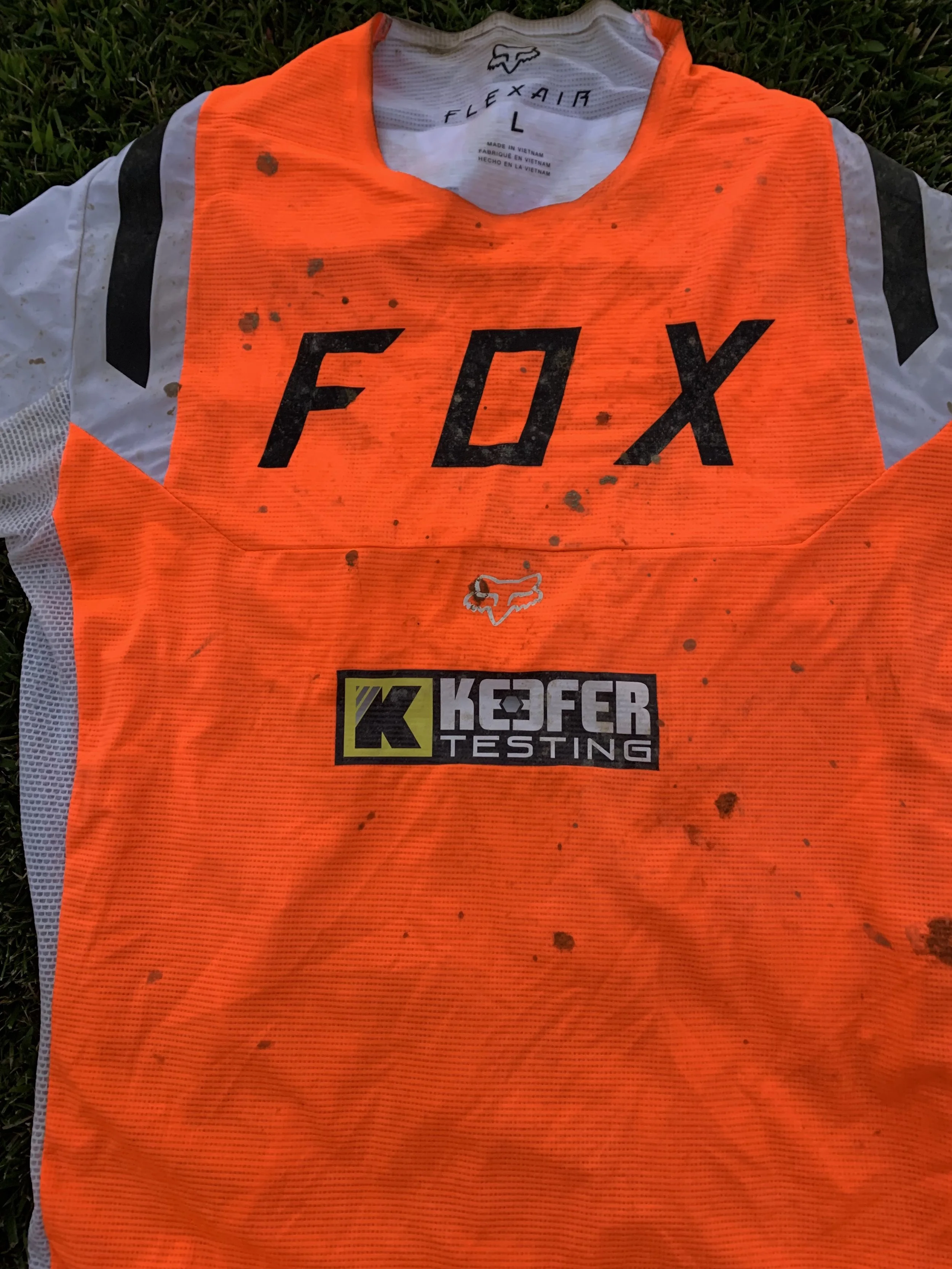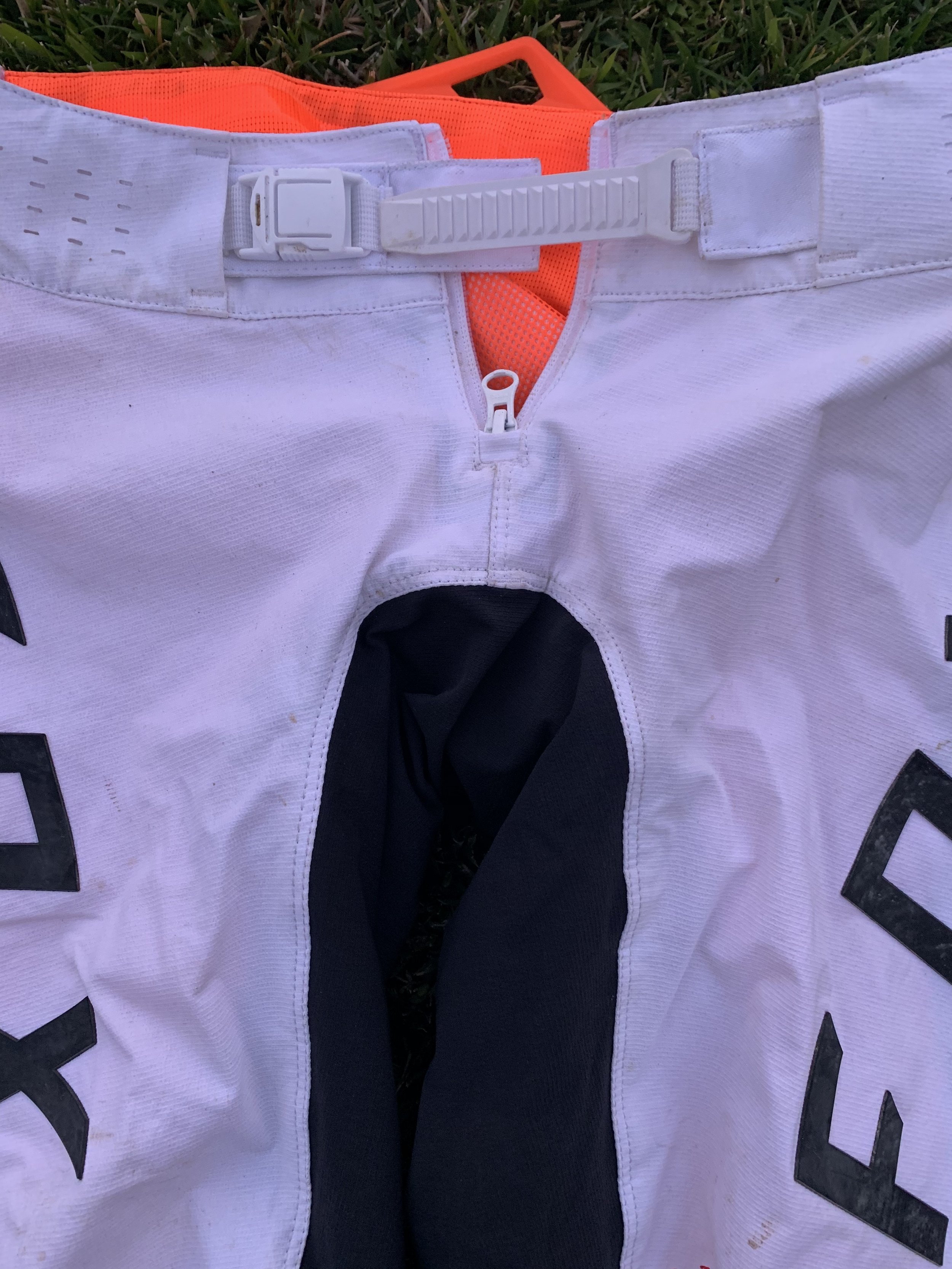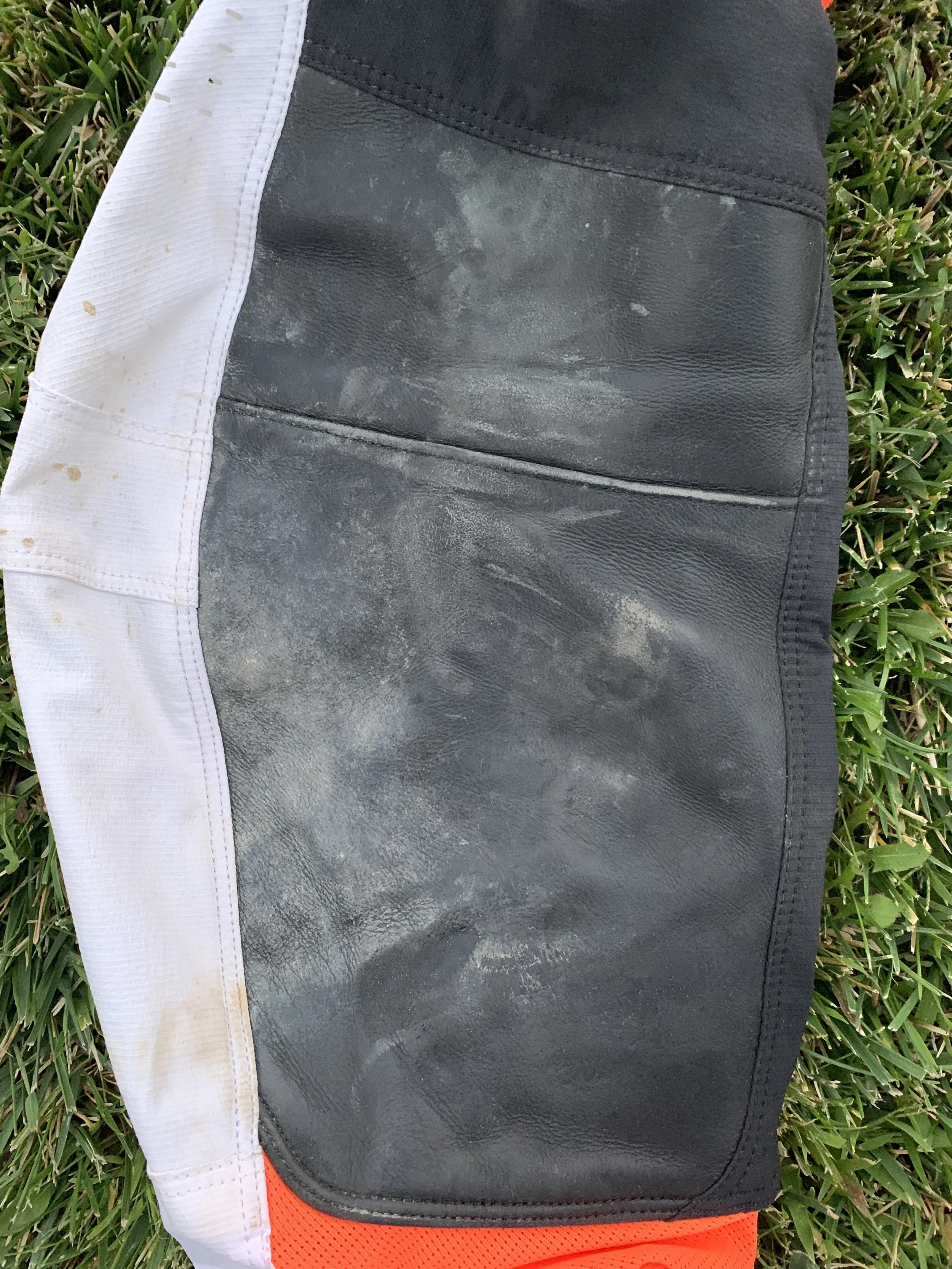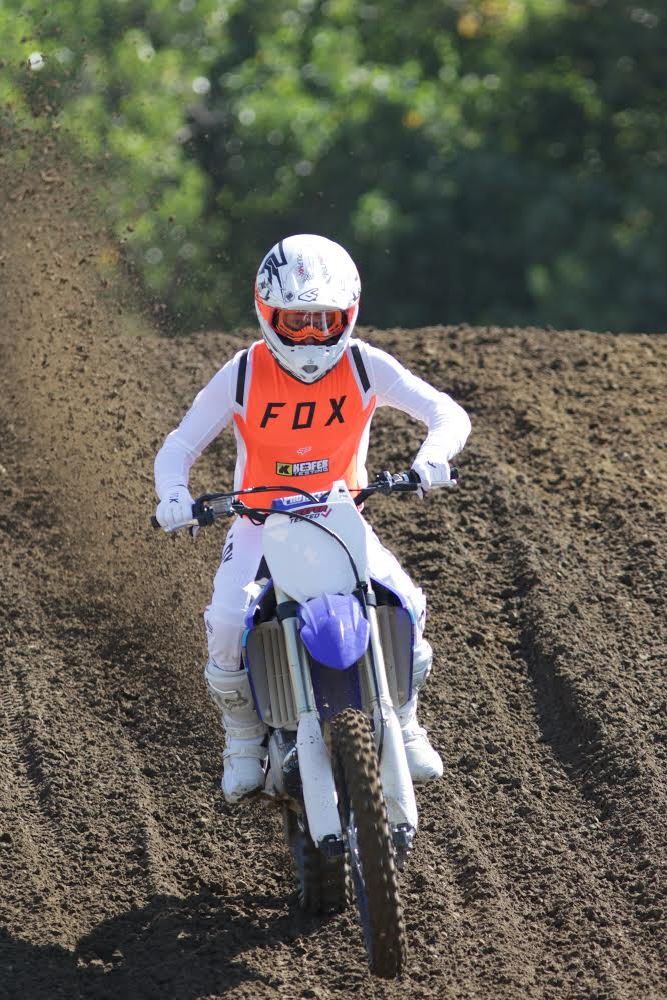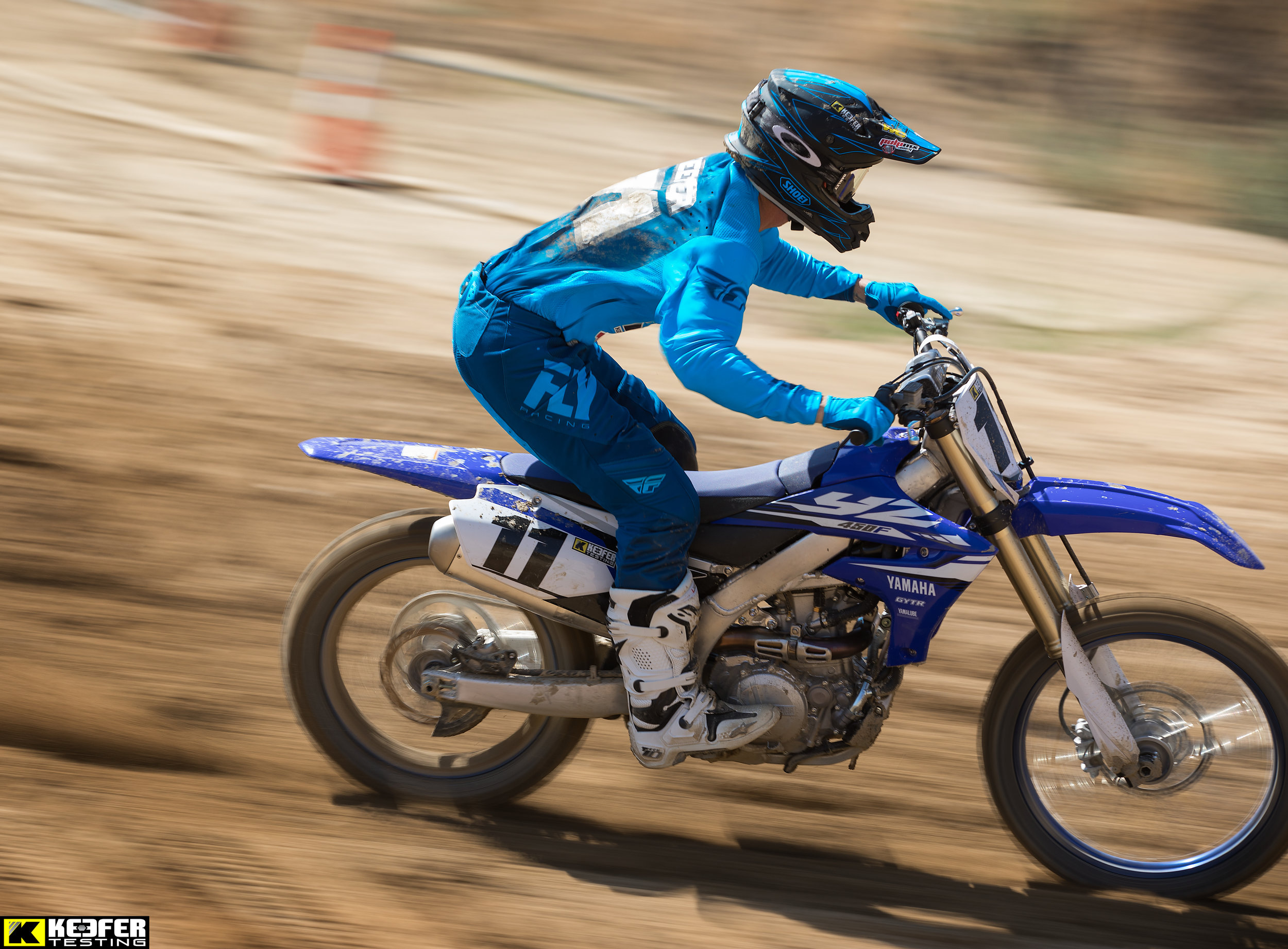It’s just flipping socks right? Well, yes, but actually no. I am very picky on socks because that is the one part of my body that I sweat the most. My feet are fairly sensitive so when I get a pair of socks that are hard or rough to the touch, I am out! I actually was referred to Fuel Clothing by my good buddy Travis Preston and he suggested I try them out. Now I am normally a “up to the knee” sock guy and my normal program with Stance socks and my Asterisk Zero G pants were fine, but I have been noticing that the Stance socks were getting hard and crusty feeling after more than a few washes. I was looking for anything that remained soft for more than a month of riding so I decided to try some Fuel knee/crew socks.
Fuel socks have moisture wicking fabric, odor blocking fibers, are ultra breathable, has a double padded heel, reinforced elastic with quick dry acrylic, is machine washable and even though say to hang dry them, I throw them in the dryer. After a couple months of use I have quickly become a fan of the Fuel socks for a few reasons. The sock itself feels good against my skin and doesn’t irritate it. The Fuel socks DO NOT get hard or crusty feeling after over 20 rides. The socks are thick enough for a little cushion yet are ventilated enough where I am not getting all slushy inside my Tech 10s. They are not a nightmare to put on like some other socks I have tried because the elastic is so damn tight around the opening of the sock, that I end up stretching them out in three rides. They are durable and last me more than a few rides! Again, socks aren’t rocket science but when it comes to finding little hidden gems like these Fuel socks, it’s tough for me not to share them with you all. You can use the code “Keefer20” to save some dough if you order. I even pay for my own socks because if a product works I have zero problem paying for my own shit. I am not your typical media guy. I like to support good companies and Fuel Clothing has been around our sport for quite sometime, but somehow I missed the memo on their socks. So when I go riding, I am sliding on some Fuel socks before strapping on the BRACES! YES! KNEE BRACES! Check all the socks out at fuelclothing.com.


